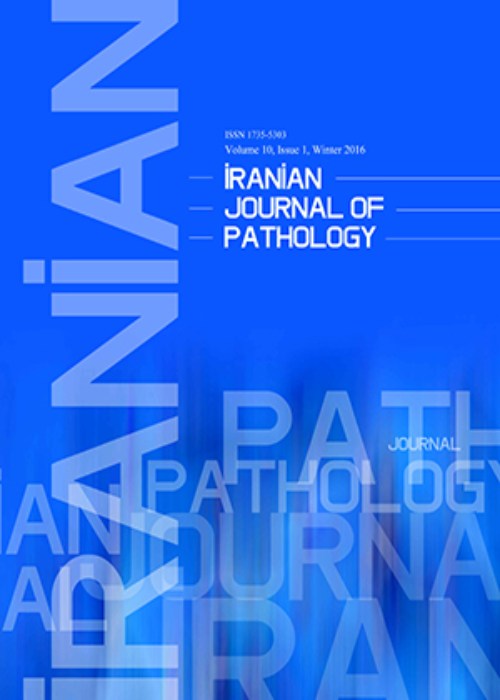A Study on the Frequency of Fungal Agents in Otitis Externa in Semnan
Author(s):
Abstract:
Background And Objective
Otitis externa is a common condition affecting the external auditory canal. Predisposing factors implicated in the pathogenesis of the condition include preexisting aural disease, genetic factors, infection, trauma, and climatic conditions. Bacteria are the most common cause of infection and fungi play a smaller but significant role in the disease. Otomycosis is characterized by inflammation, pruritus, pain, and scaling, usually in a unilateral pattern. Otomycosis has a worldwide distribution with a higher prevalence in the hot, humid, and dusty climate of the tropical and subtropical regions. The objectives of this study were to determine the prevalence of mycotic infections in inflammatory conditions of the ear and to determine fungal species responsible for otitis.Materials And Methods
The study was conducted on 70 cases who presented with symptoms of otitis from September 2000 to December 2003. Patients were admitted in ENT clinic of Amir- Al-Momenin hospital. To determine the species of fungi present in the ears, samples were collected from the external auditory meatus using sterile swabs for mycological examination. These specimens were processed at the department of microbiology. A part of the samples was used for direct microscopy in 10% potassium hydroxide and Gram’s method was employed to stain the smears from all specimens cultured on Sabouraud Dextrose agar with chloramphenicol (Sc). To identify yeasts, assimilation tests were used by API 20C AUX.Results
Otomycosis was diagnosed in 8 (11. 4%) of 70 investigated patients. Yeast species responsible for otitis were classified as belonging to the genus Candida. The most frequent fungal species detected were Candida parapsilosis (5 cases), Candida glabrata (2 cases), Candida.krusei (1 case). In other patients, the bacterial agents isolated were as follow as: Pseudomonas aeruginosa, Staphylococcus aureus, Streptococcus, S. epidermidis, S. saprophyticus, and Enterobacteriaceae.Conclusion
In the present study fungi on average were the etiological factor of otomycosis in 11.4% of cases. A similar rate for ear fungal infections was observed by Kurnatowski and Filipiak. In order to solve the therapeutic difficulties and to apply the most adequate treatment, comprehensive mycological examinations, often avoided during routine clinical procedures, must be performed. Underestimation and sometimes ignorance of the role of these pathogens in the etiology of diseases of the ear may lead to a prolonged and/or ineffective treatment of patients.Language:
English
Published:
Iranian Journal Of Pathology, Volume:1 Issue: 4, Autumn 2006
Page:
141
magiran.com/p587326
دانلود و مطالعه متن این مقاله با یکی از روشهای زیر امکان پذیر است:
اشتراک شخصی
با عضویت و پرداخت آنلاین حق اشتراک یکساله به مبلغ 1,390,000ريال میتوانید 70 عنوان مطلب دانلود کنید!
اشتراک سازمانی
به کتابخانه دانشگاه یا محل کار خود پیشنهاد کنید تا اشتراک سازمانی این پایگاه را برای دسترسی نامحدود همه کاربران به متن مطالب تهیه نمایند!
توجه!
- حق عضویت دریافتی صرف حمایت از نشریات عضو و نگهداری، تکمیل و توسعه مگیران میشود.
- پرداخت حق اشتراک و دانلود مقالات اجازه بازنشر آن در سایر رسانههای چاپی و دیجیتال را به کاربر نمیدهد.
In order to view content subscription is required
Personal subscription
Subscribe magiran.com for 70 € euros via PayPal and download 70 articles during a year.
Organization subscription
Please contact us to subscribe your university or library for unlimited access!


